Treat people well in the workplace and they will reward you with their best work. But did you know that if you link good feelings and memories to your goals, it’s human nature for your employees and channel partners to continue to deliver extra effort, even after a contest is over and a goal is attained? That’s because of the halo effect. By associating the organization to good emotions, a relationship develops that ensures more positive results and feelings. The halo extends to influence future actions and decisions, carrying the achievement forward.
In the Incentive Research Foundation (IRF) paper, Using Behavioral Economics Insights in Incentives, Rewards, and Recognition: the Neuroscience, researchers report, “the halo effect is hugely important because it is the source of the brand impression in the minds of customers and employees. [Our associations] keeps track of all of the good and bad experiences we’ve had with a given company or brand and generates an instant gut feeling that guides our choices when those memories are activated.”

So, if we want to inspire great work, we have to provide the emotional environment that makes it automatic to make the right choices again and again. Here are a few ways to make the emotional connection:
- Communicate – Tell the story of the program and the experience of achievement. Images and frequent reminders help people imagine they have reached the goal, building anticipation. (For more on anticipation, check out our earlier blog here.) Consider a video to help eligible colleagues envision winning and experiencing a great destination. Remind them how their family and friends will benefit from and enjoy the reward with them.
- Choose non-cash rewards – All of the research agrees. Non-cash rewards are more motivating and more memorable and have a more positive effect on long range performance. The value of tangible rewards is inflated in people’s minds. And, we now know from the IRF’s recent biometrics study that we really are more focused on and interested in tangible rewards. In fact, in a recent study, Dan Ariely found that cash generates the reverse of a halo effect, at least when it’s up against pizza. So choose travel, merchandise, points, or gift cards to get people focused and earn the benefit of the halo effect.
- Celebrate – When you celebrate accomplishments, you create lasting, positive memories. That can be as simple as a sincere “thank you” at work, or as complex as a multi-day, multi-event incentive travel program across the world. It’s all about the memory and the positive association you build.
- Be specific – When you call out an achievement and linking it to a specific reward or recognition, the association is even more solid. The action is that much more likely to be repeated. The pathway is created between the behavior and the good feelings.
- Extend the experience – Provide a meaningful gift or message that makes it easy to reflect back on the experience. This can take the form of a room gift to be enjoyed at home or in the office after a program. Or, a handwritten note or internal personalized communication to be reread later. A tangible reminder brings up the positive emotions and keeps everyone on track for the next goal.
Whether you are designing a day-to-day recognition program or a year-long sale incentive challenge, keep the on-going experience and the emotions it generates front of mind. This is where contests are won and employees and partners commit to your cause. The reward must be worthy of the effort to attain it. Encouraging people to anticipate, enjoy, and remember the experience extends it and encourages future success. That’s the halo effect and that will drive your program results.



